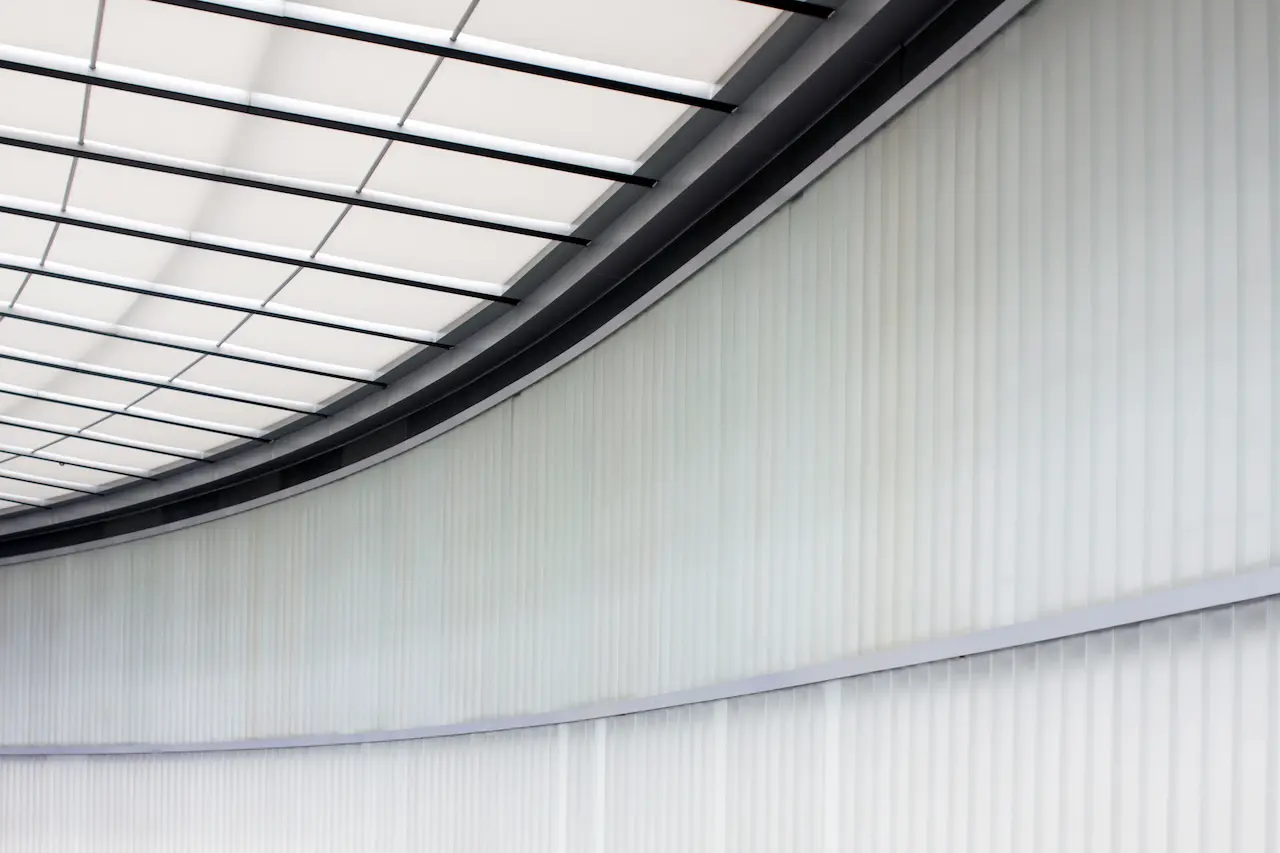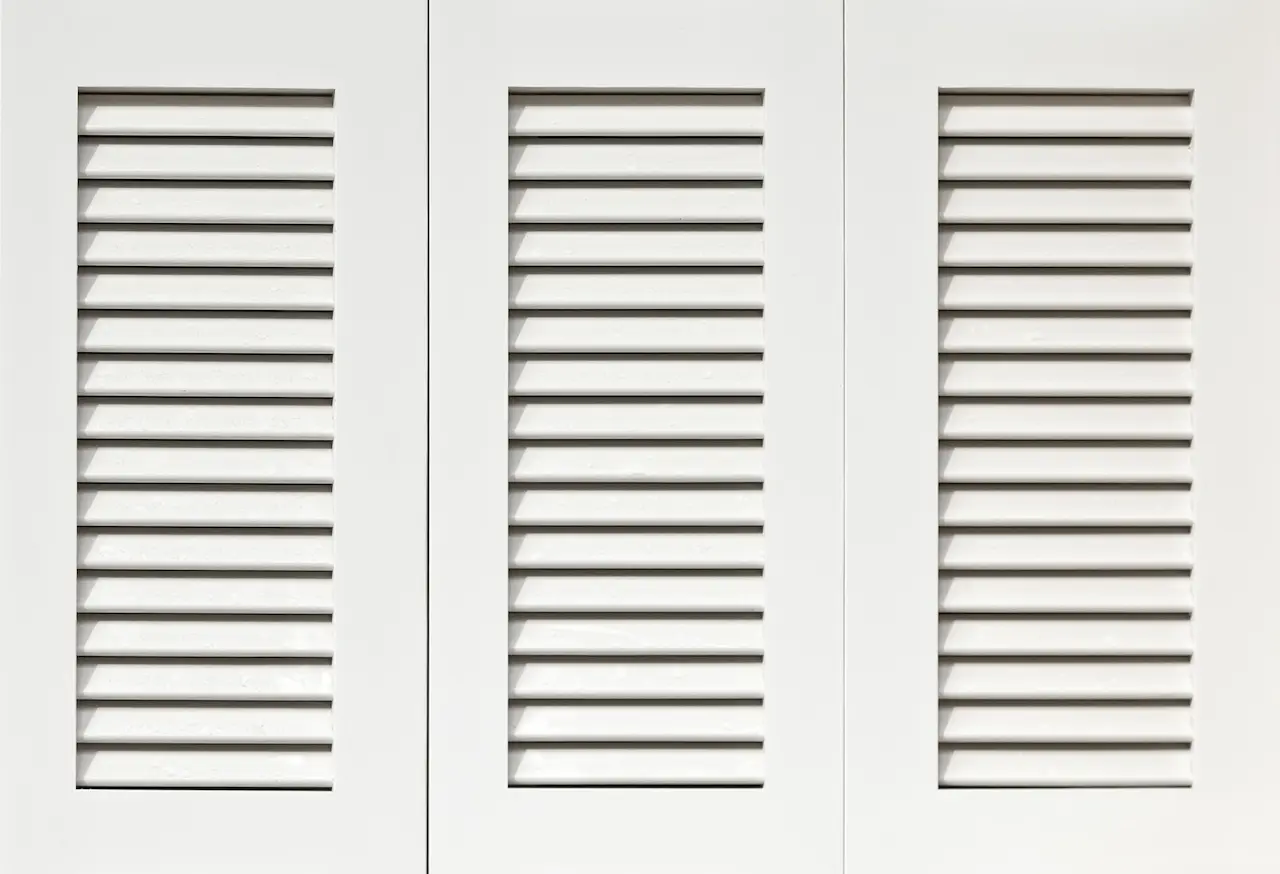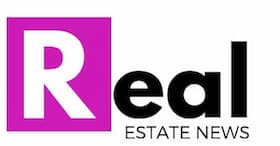How Operable Louvres Improve Ventilation
How Operable Louvres Improve Ventilation and Energy Efficiency
Do you want to learn how operable louvres improve ventilation and energy efficiency in your home or business?
Ventilation is a crucial factor that influences a building’s indoor comfort levels. While mechanical ventilation is a common solution for most households and commercial buildings, natural ventilation alternatives are steadily on the rise—and, dare we say, just as effective.
One particularly common type of natural ventilation is a louvre, specifically one that’s operable and adjustable.
For the uninitiated, operable louvres are a type of adjustable ventilation that can be opened, closed, and adjusted to maintain the level of ventilation and sunlight inside an interior environment.
Unlike fixed louvres, operable louvres offer flexibility and control, enabling users to control the degree of ventilation streaming into the building based on changing weather and temperature conditions.
An operable louvre does more than just create a comfortable indoor environment. With ventilation being a core component of any modern building design, it’s crucial for building owners to know how these types of ventilation systems work and impact one’s space.
Let’s explore the mechanics behind an operable louvre and learn more about how it benefits the state of the building that it is ventilating.
How do Operable Louvres Work?
Operable louvres are controllable ventilation systems designed to grant flexibility to property owners. They are designed to regulate the amount of airflow and light entering their space.
These ventilation systems feature adjustable slats that are mounted on a fixed frame. They’re typically installed on a window or a ventilation opening.
These operable louvres can be operated using a variety of different systems. Some louvres are controlled by manual operators like cranks and levers, while others operate on electric motors and actuators. The common denominator is their adjustable nature.
Depending on the position of the manual or electric motor, the blades will either be opened, closed, or tilted to various angles. Each stage can influence the conditions inside the building.
Opened louvres allow for maximum ventilation and sunlight, whereas closed louvres restrict them.
The point of these louvres is to adjust internal environmental conditions throughout the day.
It removes the need for artificial lighting or air-conditioning as it harnesses the state of the outside environment to its advantage. This makes this ventilation system sustainable and functional for most property types.

What Do Operable Louvres Regulate?
Operable louvres, as previously mentioned, regulate the indoor conditions of a building or room. It does more than just ventilate the space, it also controls other conditions within the interior to keep the space cosy and suitable for people and objects.
Here’s what operable louvres regulate:
- Airflow: The primary function of operable louvres is to manage air intake inside the room. It promotes the healthy circulation of air, allowing stale air from within the space to exit and fresh air to enter, depending on whether the slats are opened or closed.
- Sunlight: The blades or slats of the louvre double as shading objects, allowing you to filter and block sunlight and glare, depending on the building’s comfort needs.
- Temperature: Besides promoting airflow, louvres also regulate the temperature within the room. Outside wind can help cool down a room and create a more pleasant environment within the interior.
- Humidity: A louvre’s ventilation ability also reduces moisture from building up within the room. A windowless room can be a breeding ground for moisture and mould, and fresh air allows trapped humidity and condensate to escape.
- Privacy: Adjustable louvres are great for property owners who value their privacy, as the slats can be closed to eliminate indoor (and outdoor) visibility completely. They can also be slightly adjusted for times wherein minimal visibility and ample lighting is desired.
As seen above, operable louvres have a lot of functional uses that make them excellent additions to both commercial and real estate properties.
If you want to maximise your building interior’s comfort, then investing in this natural ventilation system is something definitely worth considering.
4 Additional Benefits of Operable Louvres in a Building Property
Beyond regulating the building’s airflow, temperature, and other factors that influence comfort, operable louvres also come with many other advantages to building properties.
Let’s take a look at some of the notable benefits that these architectural assets add to a building’s overarching blueprint:
-
Elevates Architectural Design
Louvres offer a unique highlight in a home or building’s outdoor architectural design. They can come in different colourways, materials, gaps, and designs—making them excellent complements to your overall building design.
These ventilation systems can also be added in different parts of the building, adding to its aesthetic versatility. One common place to install louvres is the front-facing part of the building—specifically by the windowsill—as its slats can bring in light and outdoor air while still contributing to a textured look up front.
In any case, louvres can play a subtle but important role in enhancing the appeal of a building, making it look visually striking while still remaining effective in its primary purpose.

-
Reduce HVAC Load and Costs
Operable louvres are one of the most effective ways to de-load the consumption of electrical resources from your HVAC system. This form of natural ventilation has adjustable properties that effectively substitute temperature-regulating equipment and mechanical ventilation systems.
Both mechanical systems and temperature-regulating appliances consume electricity when powered on. Over time, this can add extra costs to your property’s utility bills—as well as contribute to an increased carbon footprint in general.
If you value sustainability and eco-friendly design, opting for an operable louvre is a good option as it reduces your carbon footprint while still contributing ample ventilation and passive cooling. It also reduces the need for ongoing repairs, as a louvre has fewer moving parts that require extensive maintenance.
-
Protects Against The Weather
Operable louvres also come with an additional perk of helping shield from elements such as rain, sleet, or snow during poor weather conditions.
Since they can be opened or closed freely, the space beneath the louvre can be protected from these harsh elements whenever the weather outside is poor, maximising the dryness and safety of the objects and people underneath the space.
This isn’t typically the case with a standard louvre, as the slats can’t be bent or closed. While they provide shade, they don’t guarantee dryness and comfort because of the jointed slats. This makes operable louvres more favourable as they provide the best of both worlds.
-
Improves Occupancy Comfort
One of the major perks of an operable louvre is its ability to enhance the comfort levels of the occupants inside the building.
When people inside a space are comfortable, they’ll feel more productive, content, and relaxed. This can make rest more easily acquirable and decision-making skills sharper in the workplace.
An operable louvre helps contribute to this sense of relief and focus in individuals, as it can be adjusted to create an indoor environment that’s suitable for maximising indoor productivity.
It does this by, of course, regulating the various conditions within the room, namely sunlight, airflow, and room temperature.
When occupants inside a building are comfortable, this can increase their satisfaction levels with your property. This can ensure that they remain loyal as tenants to your building, or if you’re operating a public space, help increase your property’s marketability to the broader community.
